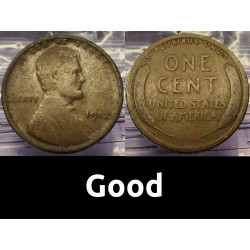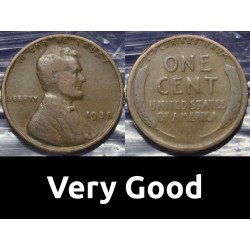Safely storing your coin collection is key to preserving its value. Coins can be stored many different ways as individuals, a set, or within certified slabs. Here’s a breakdown by each category:
Storing Individual Coins
Vinyl Flips
Soft flips are meant for short-term handling of coins and are typically used by dealers for economical storage, or collectors who are processing coins on a temporary basis. Because vinyl flips have the potential to cause PVC damage over a long time, I would not recommend them for storage beyond 2 years.

Non-PVC / non-plasticized vinyl flips
Non-plasticizied coin flips are very similar to vinyl flips but are less malleable. These are an everyday staple and many people use these exclusively because their cost profile is very similar to that of vinyl flips. Storage would be considered safe for 10+ years given the low amount of plasticizer present.
Archival / Mylar flips
Mylar coin flips are the top-of-the-line in protection, and are chemically inert. The material is significantly different than vinyl flips, and is thicker, and stiff. These flips are required for third party grading submission. These would be considered safe indefinitely, perfect if you want to pass down a collection.
All coin flips are available in multiple sizes. 2” is fine for all coin sizes including silver dollars. 2.5” is required for Silver American Eagle or larger. Flips can be stored in a coin storage box for 2x2s.
Cardboard Holders
Affordable and ubiquitous, these cardboard holders are lined with mylar and are available in all sizes, up to silver dollar size. They should be used for temporary storage. Stacking uncirculated coins is not recommended with this type, as the film is thin and could result in handling wear or scratches. Cardboard holders are commonly used by dealers, and can be stored in a coin binder with vinyl pages, or in a coin storage box.
Square Snap-Lock Holders
These holders provide for more protection than a standard flip, and may be a good choice around kids, or where a coin is expected to be handled frequently. The holder separates into 2 clamshell components, and is snapped shut. Snap-Lock holders may be stored in a standard coin storage box or in a presentation box specific to these holders.
Coin Capsules
 Similar to square snap-locks, coin capsules are a good choice for coins that are frequently handled, or are intended to be part of a display or presentation. Coin capsules are available in many sizes, including oversized holders for challenge coins and commemoratives.
Similar to square snap-locks, coin capsules are a good choice for coins that are frequently handled, or are intended to be part of a display or presentation. Coin capsules are available in many sizes, including oversized holders for challenge coins and commemoratives.
Coin Capsules can be stored in a coin capsule storage box, or the capsule can be placed into a presentation box as an individual coin, or as part of a set. If you do not want a coin to tone or tarnish, placing it in an air-tight capsule is recommended.
Storing Many Coins of the Same Type
Paper Coin Wrappers
These types of paper wrappers are ubiquitous at any bank, and in any collector’s supply drawer. Available for every size, paper wrappers are good for commodity coins or junk silver where viewing the end coins isn’t important.
Plastic Coin Tubes
For lower-value or commodity coins like junk silver, uncirculated penny rolls, State Quarters, plastic coin tubes are a better way to store your collection. The tube allows the top coin to be viewed, and can be easily labeled with a sticker for easy reference. Plastic coin tubes are available in every size, from dime to American Silver Eagle.
Storing Sets of Coins
Coin Folders
Coin folders are a practical and inexpensive way to store coins from a particular series or denomination. Each folder provides a cover indicating the type or series, and has fold-out pages with slots where each coin may be pressed into place. Only the obverse of the coin is visible, so if you intend to display both sides, a coin album may be a better fit.
Coin Albums
Coin albums are a step up from coin folders. Coin albums are similar to a book, with pages with holes where coins may be stored. A plastic slide-out covers the obverse and reverse of the coin. Both sides of the coin will be visible, so this is a good choice for toned coins or coins where a reverse may vary by year.
Storing Certified (Slabbed) Coins
Certified coins that are encapsulated (slabbed) by third-party grading companies have become very popular. These slabs provide a high level of protection for the coin.
Certified Coin Storage Boxes
Slabs may be stored in a certified coin storage box, which provides a foam inserts to secure each slab in place.
Considerations for the Environment
Coins should be stored in an inert environment free of contaminants. Temperature should be of average room temperature. Humidity and sulfur should be minimized. A simple plastic container with silica inserts works well to stabilize the environment. A sulfuric environment will cause silver coins to tone or tarnish over time, so avoid storing coins in direct contact with kraft paper or cardboard.

















